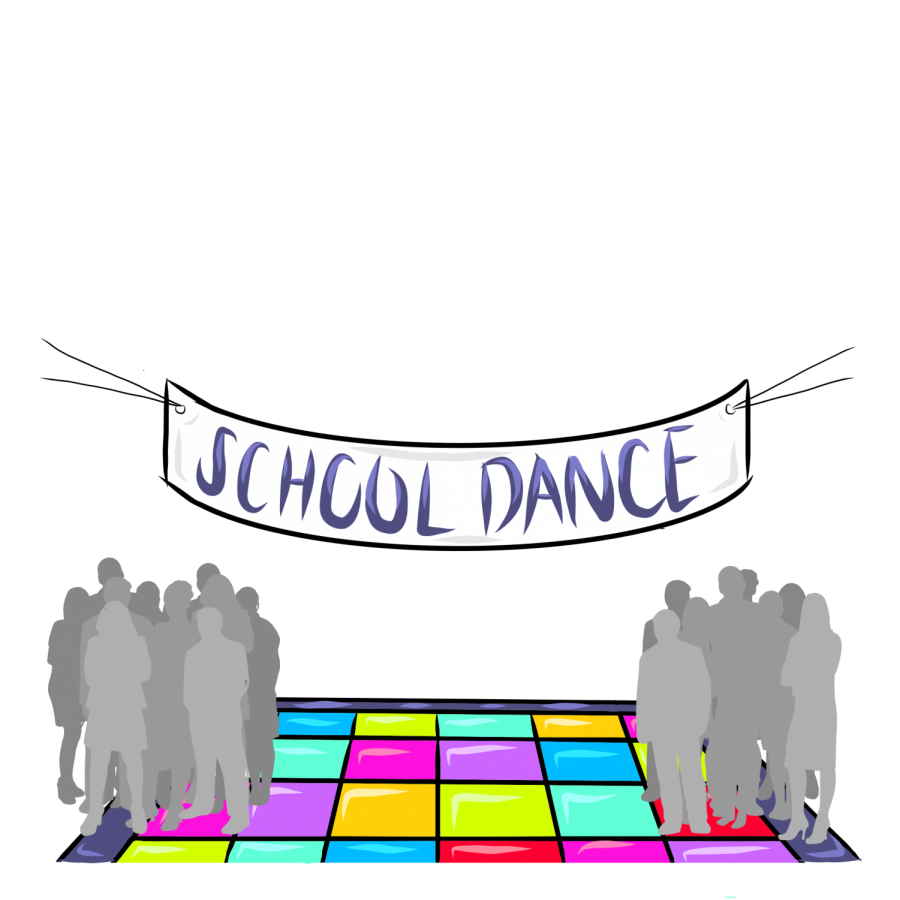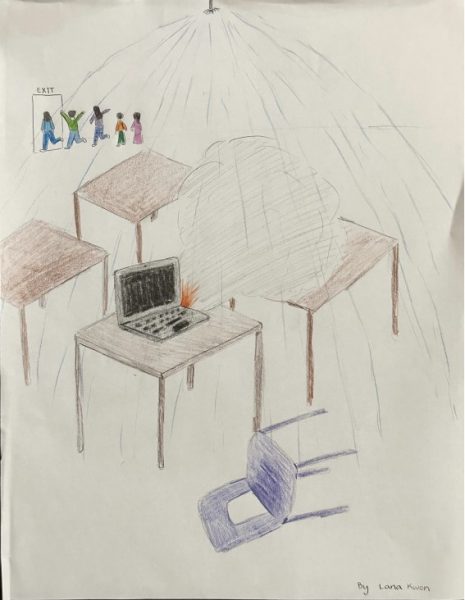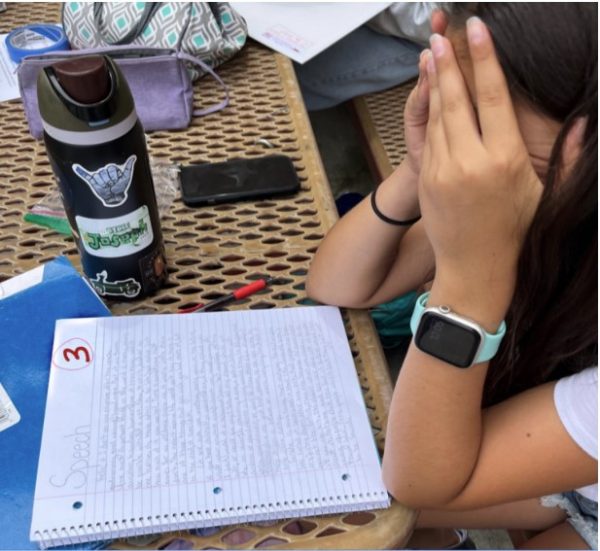Editorial King and Queen
The current court nomination process for school dances can be amended to better represent Warrior spirit and student impact
School dances are places for everyone to gather and participate in the court nomination process.
School dances are often a time to hang out with friends and have fun expressing school spirit, but they are also centered around one quintessential moment: the crowning of king and queen. To candidates, the titles of king and queen represent a student’s high school career–recognizing his or her achievement and school spirit.
However dance court is relevant not only to the select nominees, but the larger student body they represent. As the population of students at Woodbridge High continues to grow, it becomes increasingly important that all students are included and represented in the dance court nomination process.
The current nomination process for the dances holds room for improvement when it comes to representing the students’ impact and Warrior spirit; instead of voting for a king and queen, students should be allowed to vote for several people to encourage many to participate and allow for a more inclusive environment.
A larger dance court reduces some of the pressure students often face when it comes to competing for the coveted title. Woodbridge High is not short of exceptional students who deserve to be recognized for their hard work, so we should not limit the number of titles to only two.
Beyond the candidates themselves, the voting process of dance nominations does have its flaws, with no formal campaign system to guarantee all candidates a fair shot at the crown. Dance court nominees who use social media such as Instagram as a means to campaign exclude a good majority of students who don’t participate in these platforms.
Both voters and nominees are disadvantaged in this process, as students might just vote for who they know while other hardworking contestants are ignored. Nominated students should reach out to on campus organizations such as Warrior TV or hang posters around the school in order to showcase themselves to the entire student body.
By expanding their campaign reach, voters can easily familiarize themselves with court nominees and properly vote for their peers who are deserving of the court title.
Students and nominees are further disadvantaged due to the little time people have to vote. The court nominees are announced close to the day of the dance, and in the case of Homecoming, are only properly shown off in a pep rally after students voted. By the time people meet and understand who the nominees are, the voting process is over.
We cannot expect every student to know the candidates within a few days or a week before voting. There are many students on campus who are not engaged enough in the voting process to look into who is running.
The lack of time prevents campaigning and disconnects students from getting involved with school affairs. If Woodbridge High changes the voting process of the dance courts, then students will find more ways to represent the student body with warrior spirit.
Students deserve to know what aspects make a nominee qualified to be on court, as they represent the whole student body. Without more attention and information about the nominees, students can not be expected to vote for people who properly represent the warrior community, nor are they given a wide enough range of students to choose from. If no reform occurs, the Warrior spirit might be lost in the process of our current voting system.
Your donation will support the student journalists of Woodbridge High School. Your contribution will allow us to purchase equipment and cover our annual website hosting costs.

Hey Warriors! I am so excited to begin another volume of the Golden Arrow. Coming into my third year in journalism, I plan to serve our publication as...







